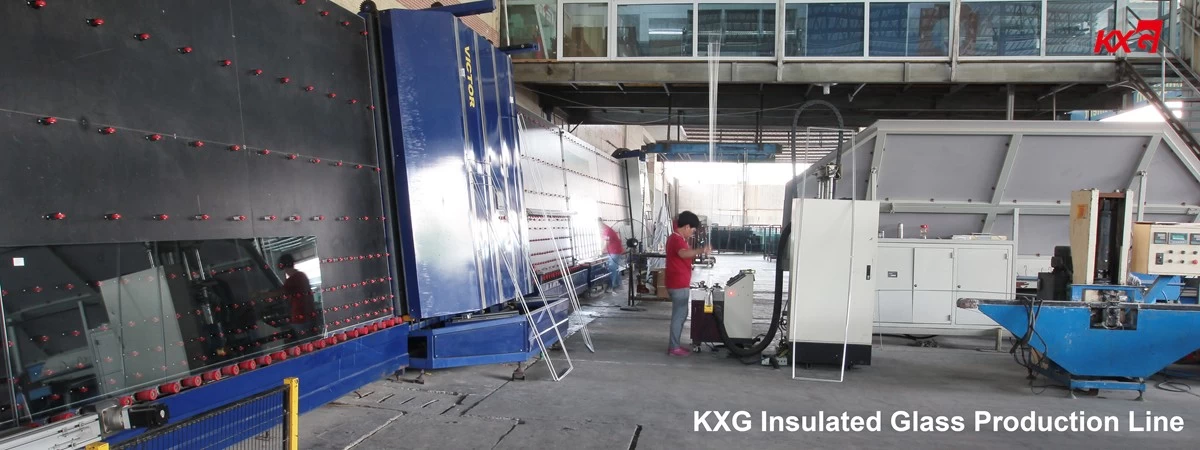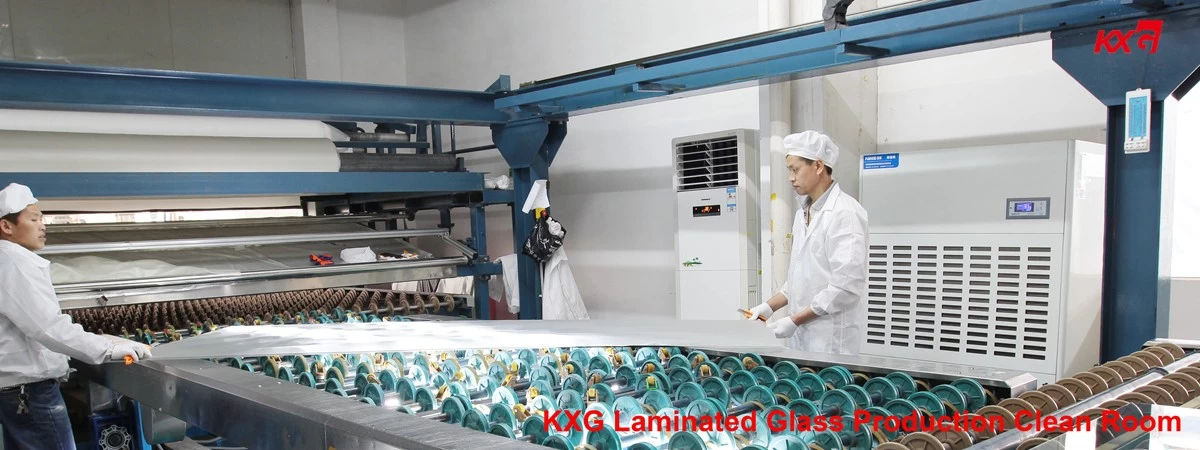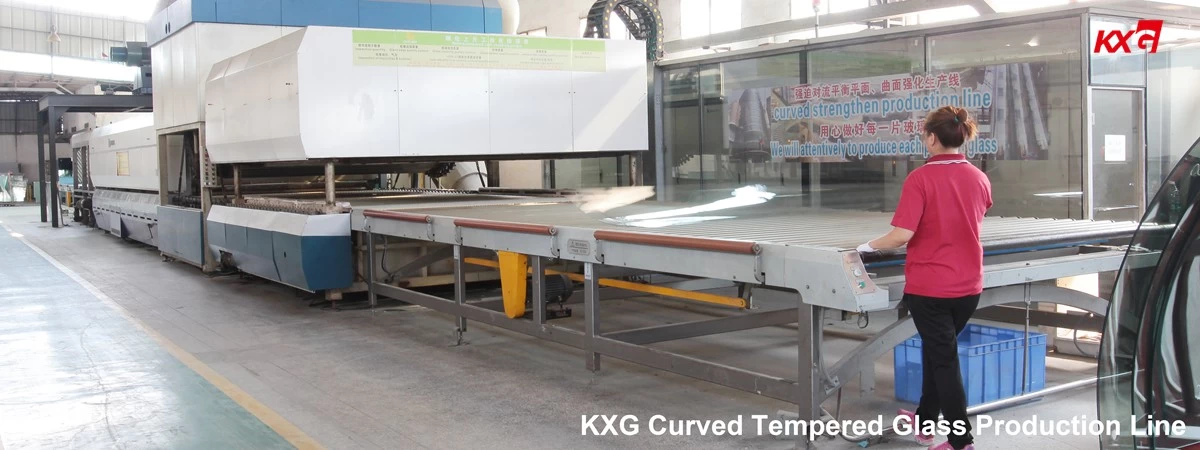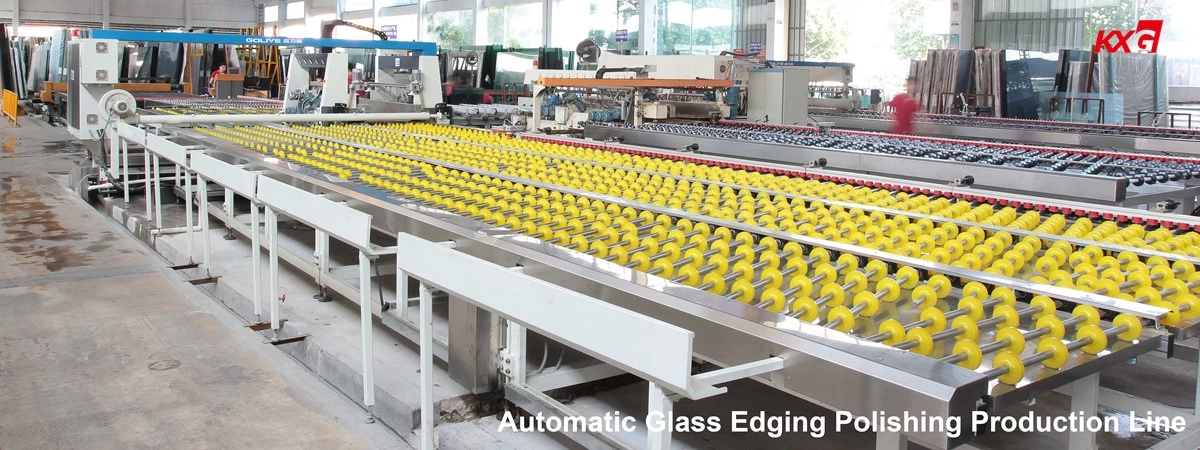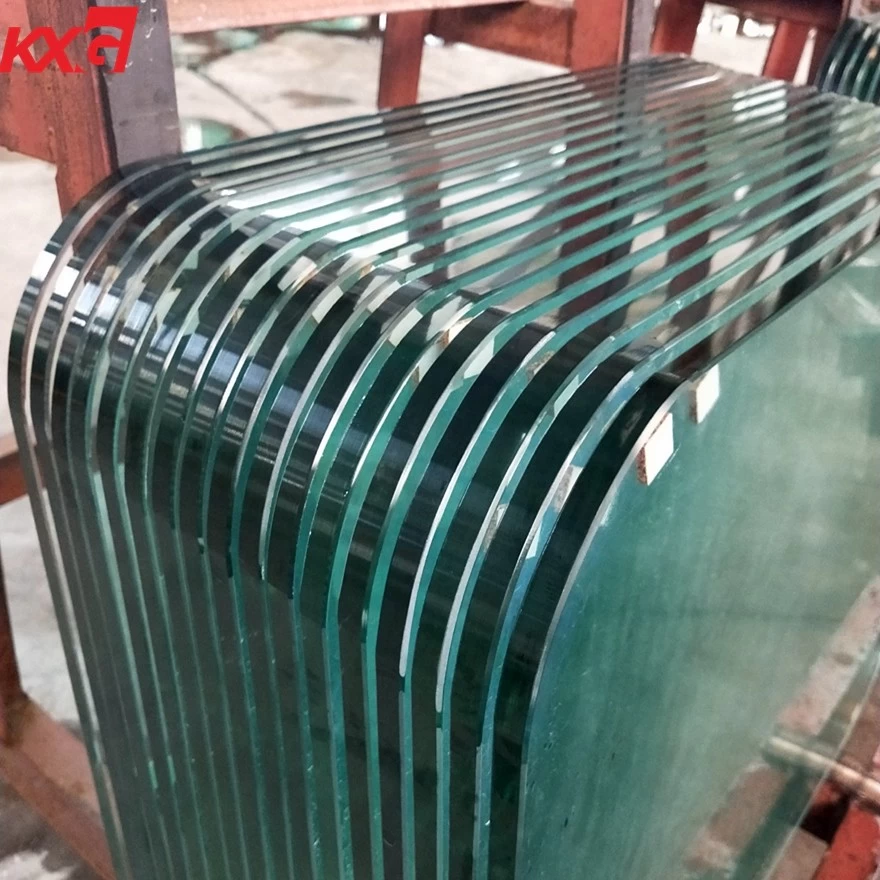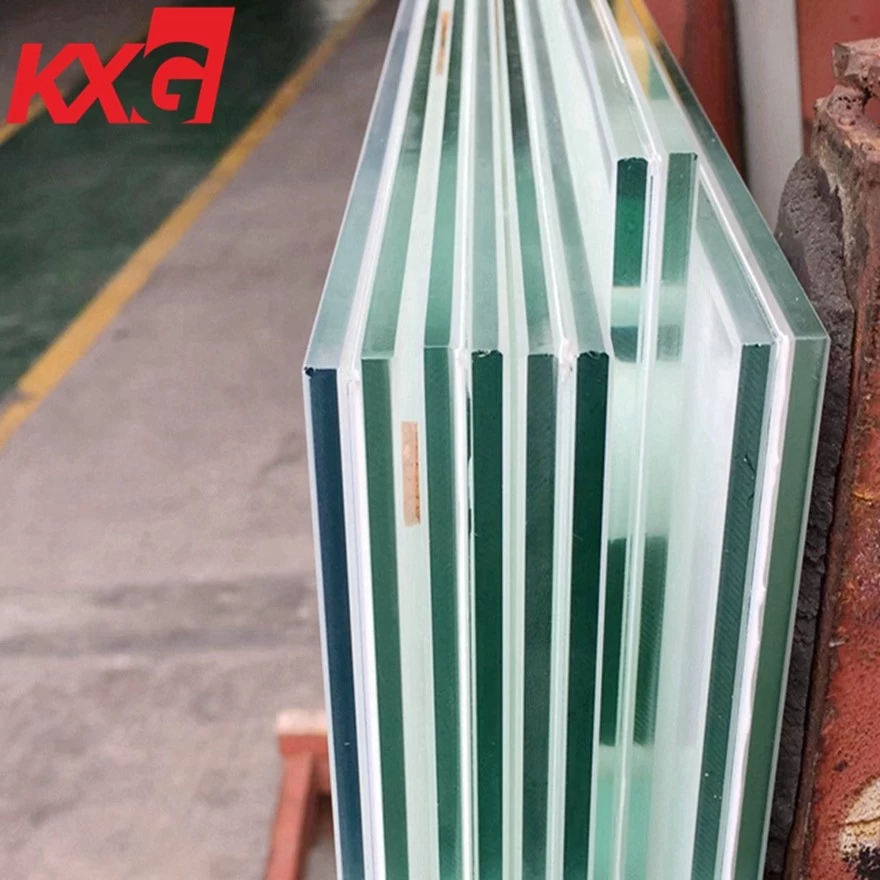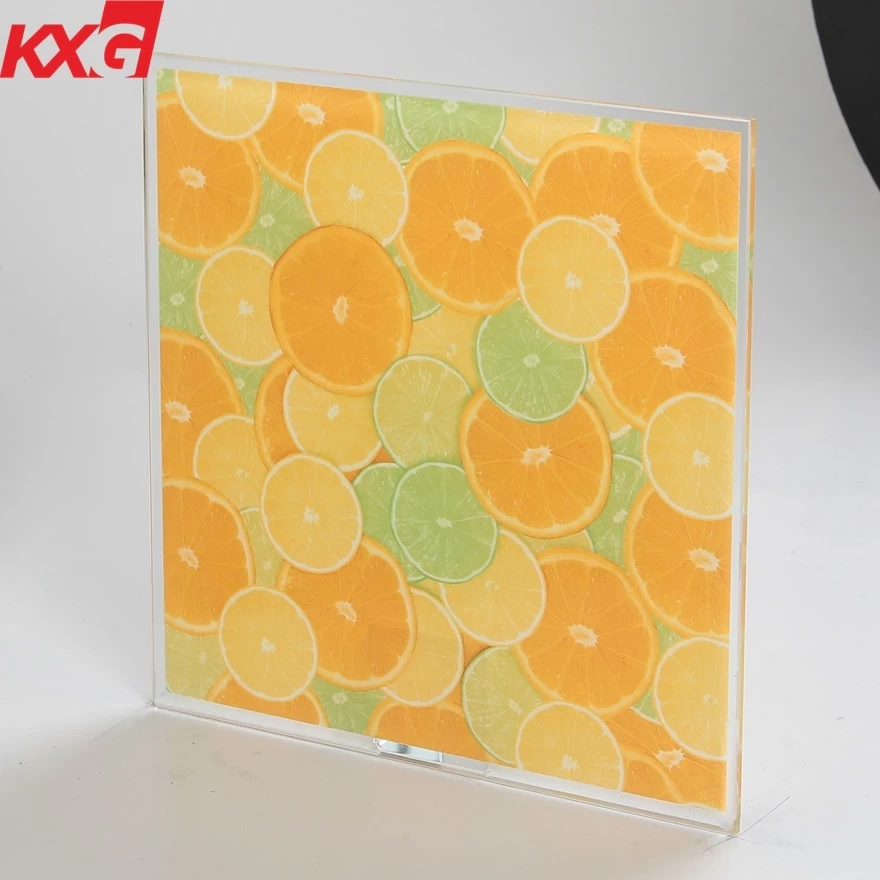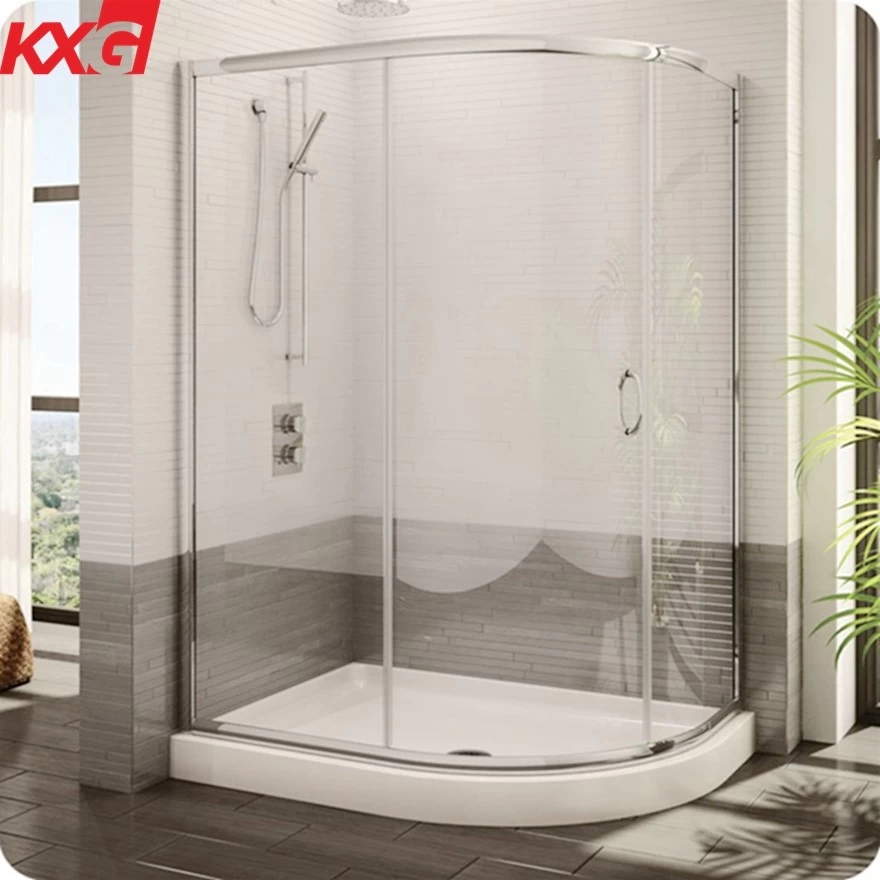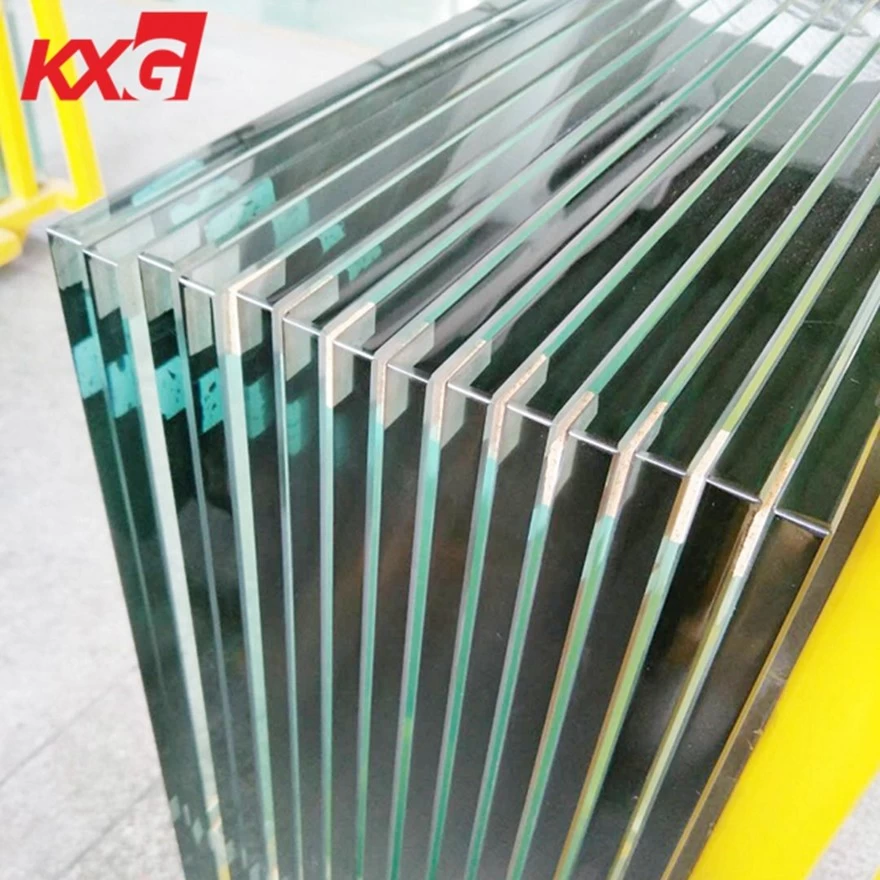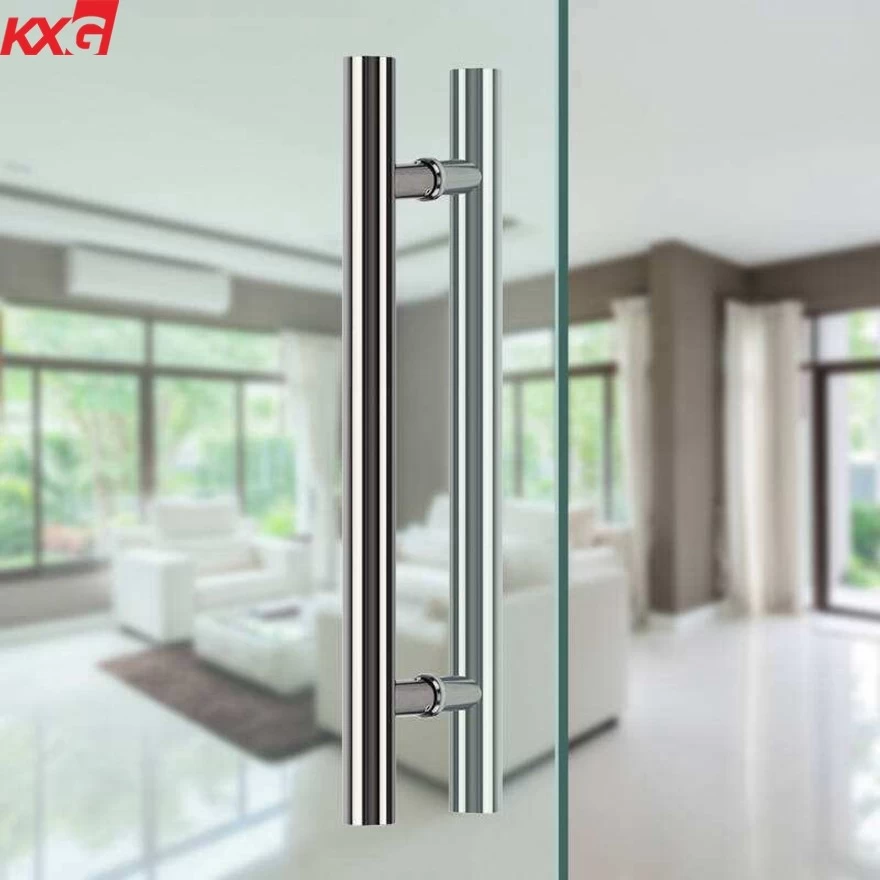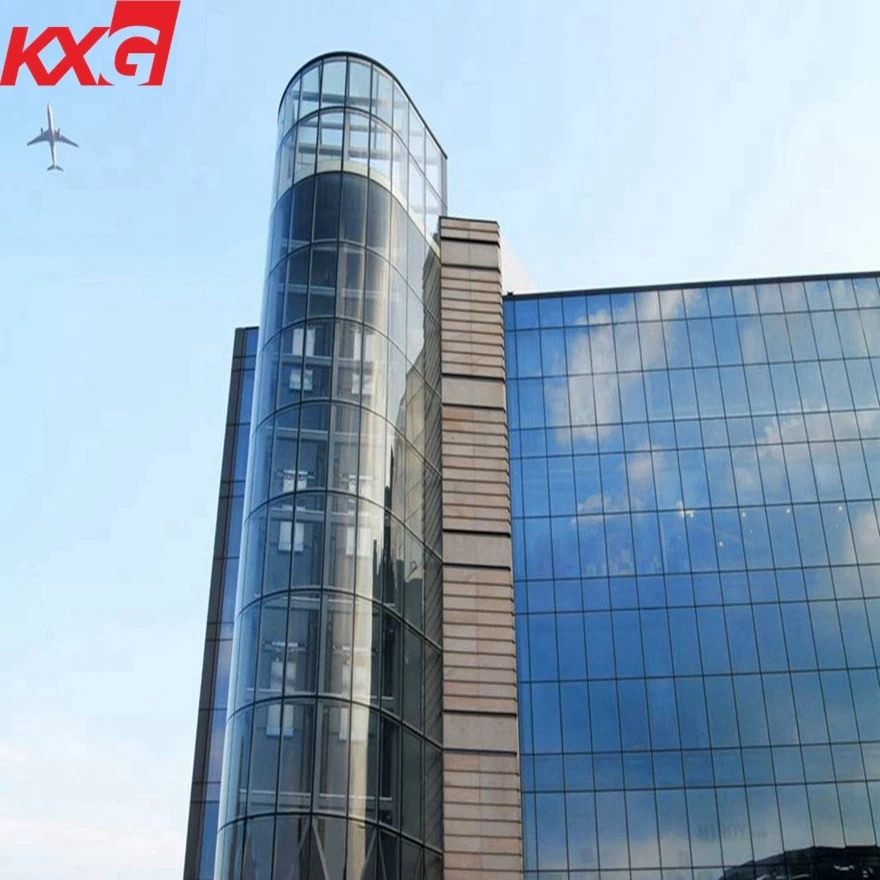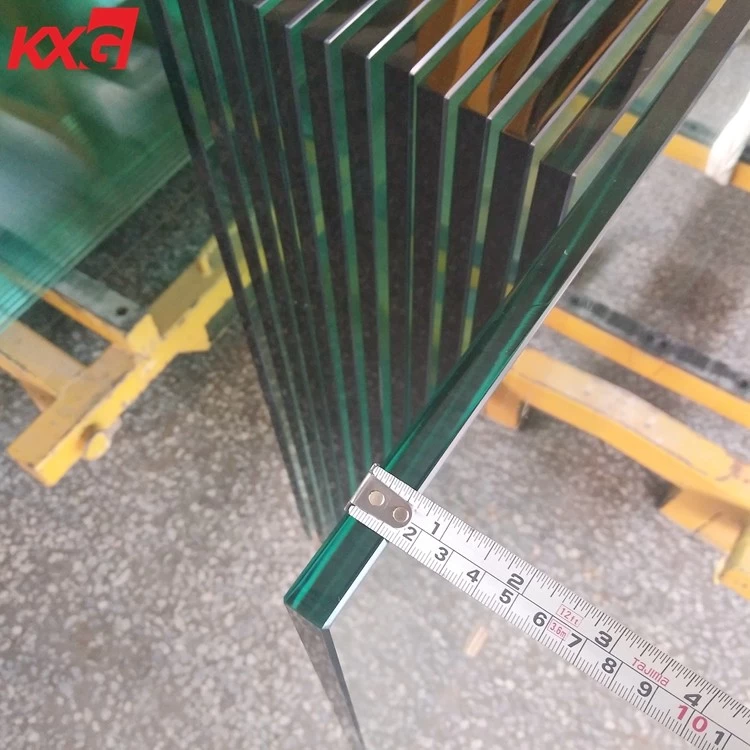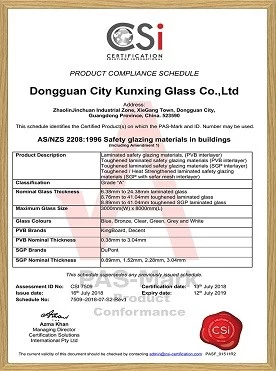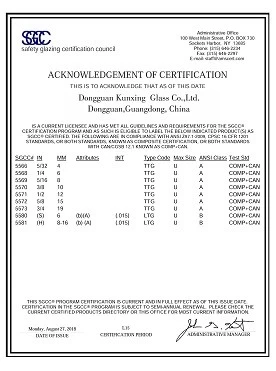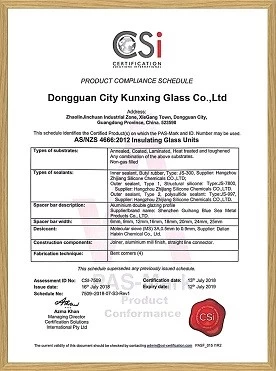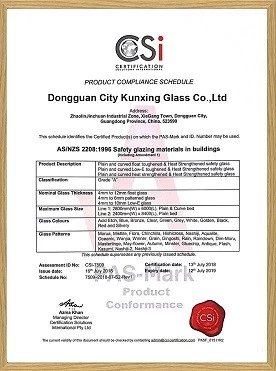Bulletproof glass is not just glass lamination and tempering
DONGGUAN KUNXING GLASS CO LTD
Internet
2019-06-13 12:02:14
Bulletproof glass is a kind of laminated glass. It is made of multi-layer high-strength glass. It can resist the shooting of pistols or submachine guns. It is often used in renovation projects with high safety requirements such as banks or luxury houses.
Bulletproof glass is a composite material specially processed from glass (or plexiglass) and high-quality engineering plastics. It is usually a transparent material and usually consists of a layer of polycarbonate sandwiched between ordinary glass layers. Bulletproof glass is actually made by bonding multiple sheets of glass or high-strength organic sheets together with a transparent glue.
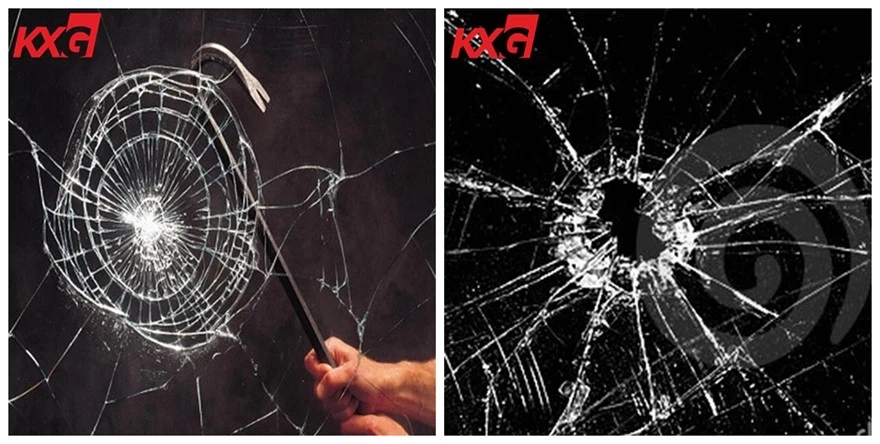
Bulletproof glass generally has the following three layers:
1. Bearing layer
The layer is first subjected to impact and rupture. Generally, a glass having a large thickness and a high strength can be used to damage the warhead or change the shape of the warhead so that it loses its ability to continue moving forward.
2. Transition layer
Generally, the organic glue material is used, which has strong adhesive force and good light resistance, can absorb part of the impact energy, and change the direction of the bullet. A very strong and transparent chemical film is placed in the laminated glass. This not only effectively prevents the bullets from being fired, but also has the properties of resisting surge, anti-explosion, anti-vibration and no cracks after impact.
3. Security layer
This layer is made of high-strength glass or high-strength transparent organic material. It has good elasticity and toughness, absorbs most of the impact energy, and ensures that bullets cannot pass through this layer.
Bulletproof glass produced by different manufacturers varies. Basically, however, a layer of polycarbonate material is sandwiched between ordinary glass layers, a process called lamination. In this process, a substance similar to ordinary glass but thicker than ordinary glass is formed. Polycarbonate is a hard, transparent plastic – people usually refer to it by its brand (Lexan, Tuffak or Cyrolon). The bulletproof glass has a thickness between 7 mm and 75 mm.
How can bulletproof glass be bulletproof?
A bullet shot on bulletproof glass will break through the outer glass, but the polycarbonate glass layer absorbs the energy of the bullet, preventing it from penetrating the inner layer of the glass. These large pieces of bulletproof glass have been used for public purposes during the Second World War, usually as thick as 1.00 cm to 12.0 cm, and are extremely heavy.
What factors may affect the bulletproof effect?
So is it completely bulletproof as long as it is bulletproof glass?
This is mainly related to the following three factors:
1. The total thickness of bulletproof glass is proportional to the bulletproof effect
The thicker the bulletproof glass, the better the bulletproof effect.
2. Film thickness in bulletproof glass structure is related to bulletproof effect
If the bulletproof glass using 1.52mm film has better bulletproof effect than the bulletproof glass using 0. 76mm film.
3. Glass is related to bulletproof effect
Explosion-proof glass made of tempered glass has better bulletproof effect than bulletproof glass made of ordinary glass.
Bulletproof glass is a composite material specially processed from glass (or plexiglass) and high-quality engineering plastics. It is usually a transparent material and usually consists of a layer of polycarbonate sandwiched between ordinary glass layers. Bulletproof glass is actually made by bonding multiple sheets of glass or high-strength organic sheets together with a transparent glue.

Bulletproof glass generally has the following three layers:
1. Bearing layer
The layer is first subjected to impact and rupture. Generally, a glass having a large thickness and a high strength can be used to damage the warhead or change the shape of the warhead so that it loses its ability to continue moving forward.
2. Transition layer
Generally, the organic glue material is used, which has strong adhesive force and good light resistance, can absorb part of the impact energy, and change the direction of the bullet. A very strong and transparent chemical film is placed in the laminated glass. This not only effectively prevents the bullets from being fired, but also has the properties of resisting surge, anti-explosion, anti-vibration and no cracks after impact.
3. Security layer
This layer is made of high-strength glass or high-strength transparent organic material. It has good elasticity and toughness, absorbs most of the impact energy, and ensures that bullets cannot pass through this layer.
Bulletproof glass produced by different manufacturers varies. Basically, however, a layer of polycarbonate material is sandwiched between ordinary glass layers, a process called lamination. In this process, a substance similar to ordinary glass but thicker than ordinary glass is formed. Polycarbonate is a hard, transparent plastic – people usually refer to it by its brand (Lexan, Tuffak or Cyrolon). The bulletproof glass has a thickness between 7 mm and 75 mm.
How can bulletproof glass be bulletproof?
A bullet shot on bulletproof glass will break through the outer glass, but the polycarbonate glass layer absorbs the energy of the bullet, preventing it from penetrating the inner layer of the glass. These large pieces of bulletproof glass have been used for public purposes during the Second World War, usually as thick as 1.00 cm to 12.0 cm, and are extremely heavy.
What factors may affect the bulletproof effect?
So is it completely bulletproof as long as it is bulletproof glass?
This is mainly related to the following three factors:
1. The total thickness of bulletproof glass is proportional to the bulletproof effect
The thicker the bulletproof glass, the better the bulletproof effect.
2. Film thickness in bulletproof glass structure is related to bulletproof effect
If the bulletproof glass using 1.52mm film has better bulletproof effect than the bulletproof glass using 0. 76mm film.
3. Glass is related to bulletproof effect
Explosion-proof glass made of tempered glass has better bulletproof effect than bulletproof glass made of ordinary glass.

